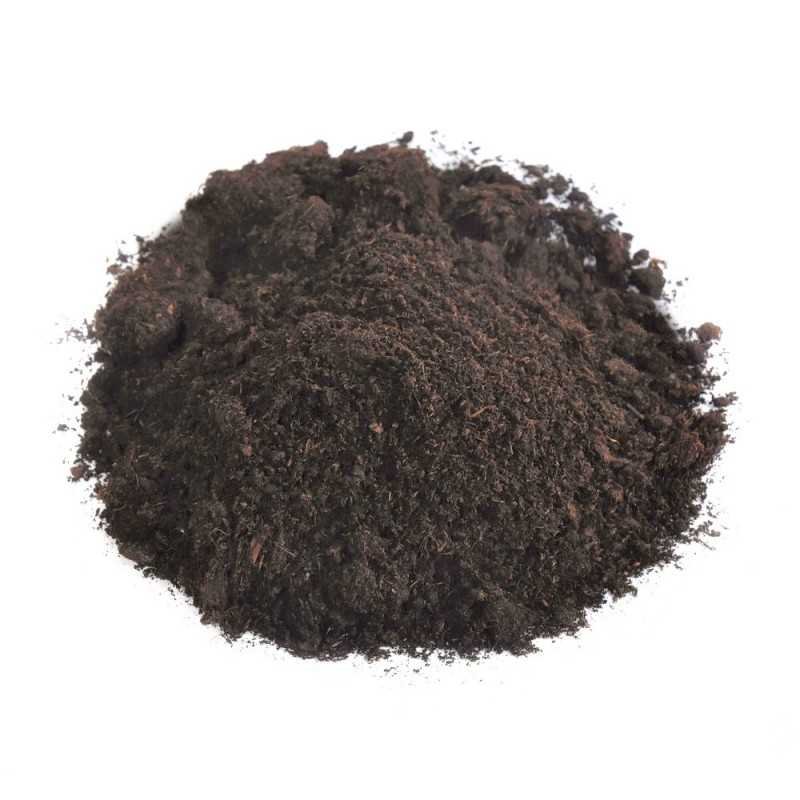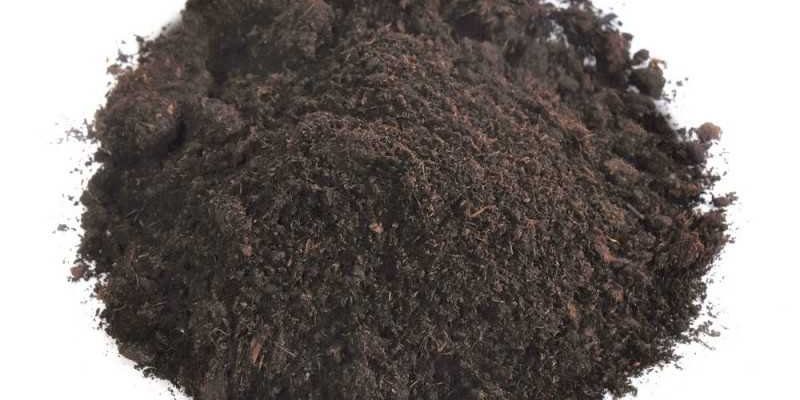
If you’re wondering how to harness this gift from nature, you’re not alone. Many gardeners are now turning to earthworm castings as a green solution for enriching their soil. It’s like having a secret weapon in your gardening toolkit! Let’s dive deeper into why earthworm castings are so special, how they work, and how you can use them effectively.
What Are Earthworm Castings?
Earthworm castings are the nutrient-rich droppings made by earthworms as they consume organic matter. When you think about earthworms munching away on dead leaves, grass clippings, and kitchen scraps, it’s a bit like they’re cooking up a gourmet meal for your garden. The digestion process not only breaks down these materials but transforms them into a powerhouse of nutrients.
When castings are produced, they’re packed with beneficial microorganisms, nitrogen, phosphorus, and potassium—key elements every plant needs to thrive. To put it simply, earthworm castings are like a superfood for your plants! They improve soil structure, enhance water retention, and support healthy root growth, all while being completely natural.
Why Use Earthworm Castings?
You might be wondering, “What makes earthworm castings stand out from other fertilizers?” Well, here’s the thing: while many fertilizers provide a quick nutrient boost, earthworm castings release their goodness slowly over time. This slow release helps to prevent nutrient burn, which can happen with chemical fertilizers.
Using earthworm castings is also a fantastic way to go green in your gardening practices. Instead of relying on synthetic additives, you’re using a product that’s eco-friendly and sustainable. It’s like bringing nature’s best to your garden! Plus, they help improve the soil’s health, encouraging a thriving ecosystem right in your backyard.
How to Apply Earthworm Castings
Applying earthworm castings is easy, and your plants will thank you for it! Here’s a quick step-by-step guide:
- Choose Your Timing: You can apply castings any time during the growing season, but spring is perfect for prepping your soil.
- Mix It In: Use a shovel or your hands to mix the castings into the top few inches of soil around your plants. Aim for about 1-2 inches of castings for best results.
- Top Dressing: If you prefer, you can simply sprinkle a layer of castings on top of the soil around your plants. They’ll break down gradually with watering.
- Water: Give your plants a good soak after applying the castings to help nutrients seep into the soil.
The beauty of earthworm castings is that they’re safe to use on all types of plants, from vegetables to houseplants. If you’re worried about over-fertilizing, don’t stress—castings are gentle and won’t harm your plants.
Comparing Earthworm Castings to Other Fertilizers
When it comes to fertilizers, you have a lot of options. There are chemical fertilizers, compost, and organic mixtures out there. So, how do earthworm castings stack up?
- Chemical Fertilizers: These can deliver a quick nutrient punch but often lead to soil degradation over time. Plus, they can burn plant roots if used excessively.
- Compost: Great for enriching soil, but it may not have the concentrated nutrient profile of earthworm castings. Compost also takes time to break down, while castings are ready to use.
- Organic Mixtures: While many are beneficial, they can vary widely in quality and effectiveness. Earthworm castings are consistently high in nutrients.
In terms of benefits, earthworm castings are like the Swiss Army knife of fertilizers: versatile, safe, and super effective!
Tips for Creating Your Own Earthworm Castings
Interested in getting into the nitty-gritty of producing your own earthworm castings? It’s easier than you might think! Here’s a simple way to get started:
1. **Choose a Container:** A worm bin or a basic plastic tub with drainage holes works well.
2. **Add Bedding:** Start with shredded newspaper or cardboard, which provides a cozy home for your worms.
3. **Introduce Earthworms:** Red wigglers are the best (these are the ones you’ll find in compost bins).
4. **Feed Them Right:** Add organic material like fruit scraps, vegetable waste, and coffee grounds. Just avoid meat and dairy.
5. **Harvest:** After a few months, your worms will produce castings that you can collect and use in your garden!
Creating your own castings not only gives you a steady supply of fertilizer but also allows you to recycle kitchen waste—talk about a win-win!
Where to Buy Earthworm Castings
If making your own castings sounds like too much work, don’t worry! You can easily purchase earthworm castings from garden centers, nurseries, and online retailers. Here are a few things to look for when buying:
– **Quality:** Go for products that are labeled as organic and free from synthetic additives.
– **Packaging:** Find castings that are fresh and properly sealed to avoid contamination.
– **Reviews:** Check for customer reviews to ensure you’re getting a quality product.
Buying earthworm castings is a great shortcut to enrich your garden without the fuss of creating your own.
In the world of gardening, earthworm castings truly shine as **nature’s perfect fertilizer**. They offer a host of benefits, from enhancing soil health to providing plants with a steady supply of nutrients. Whether you choose to make your own castings or buy them, incorporating this natural fertilizer into your gardening routine will help your plants flourish.
So next time you’re nurturing your garden, remember the humble earthworm. These tiny creatures do incredible work beneath our feet, turning waste into something extraordinary. It’s a beautiful reminder of how nature has its ways of recycling and enriching our environment—one worm at a time!

